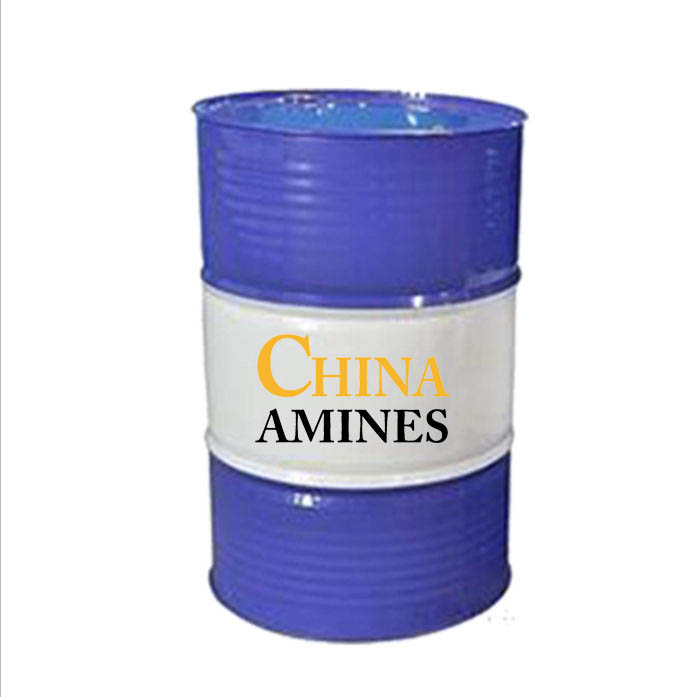Your Questions and Comments
Your sales and customer service desk partners within China Amines Co will continue to serve you. You can also contact us via our headquarter office-
Email:info@chinaamines.com
China Amines Co
Product Profile
Methylene Chloride / Dichloromethane (DCM)
CAS No.: 75-09-2
Synonyms: Dichloromethane; DCM; Methane dichloride
Molecular Formula: CH₂Cl₂
Molecular Weight: 84.93 g/mol
? Physicochemical Properties
- Appearance: Colorless, volatile liquid with a mild sweet chloroform-like odor
- Melting Point: −97 °C
- Boiling Point: ~39.6 °C
- Density: ~1.33 g/cm³ (20 °C)
- Solubility in Water: Slightly soluble (~20 g/L at 20 °C)
- Vapor Pressure: High (47.3 kPa at 20 °C)
- Flash Point: Non-flammable, but can decompose at high temperatures
- Other Notes: Heavy vapor; excellent solvent; chemically stable under normal conditions
? Quality & Compliance Standards
Typical specifications may include:
- Assay (Purity): ≥ 99.5%
- Moisture: Low (≤ 0.01%)
- Acidity: ≤ 10 ppm
- Residue on Evaporation: Very low
- Appearance: Clear, colorless liquid without suspended materials
Storage Recommendation: Keep in tightly sealed containers, stored in cool, dry, well-ventilated areas away from heat sources.
? Applications / Uses
- Widely used as an industrial solvent for pharmaceuticals, adhesives and coatings
- Used in paint removers and cleaning formulations
- Applied in extraction processes (e.g., decaffeination, chemical purification)
- Used in polyurethane foam manufacturing
- Employed as a reaction medium in organic synthesis
⚠️ Safety & Handling
- Health Hazards: May cause central nervous system effects; prolonged exposure may affect liver or heart
- Inhalation: High vapor concentration can cause dizziness or narcosis
- Skin: May cause irritation and defatting
- Eyes: Risk of irritation or injury upon direct contact
- Precautions: Use with local exhaust ventilation; avoid inhalation; wear protective gloves, goggles and clothing
- Reactivity: Avoid strong oxidizing agents, strong bases and hot surfaces
? Packaging & Storage
- Packaging: Steel drums, IBC tanks or bulk tank containers suitable for chlorinated solvents
- Storage Conditions: Store in a cool, dry, well-ventilated area; keep containers tightly closed
- Shelf Life: Stable under recommended conditions


